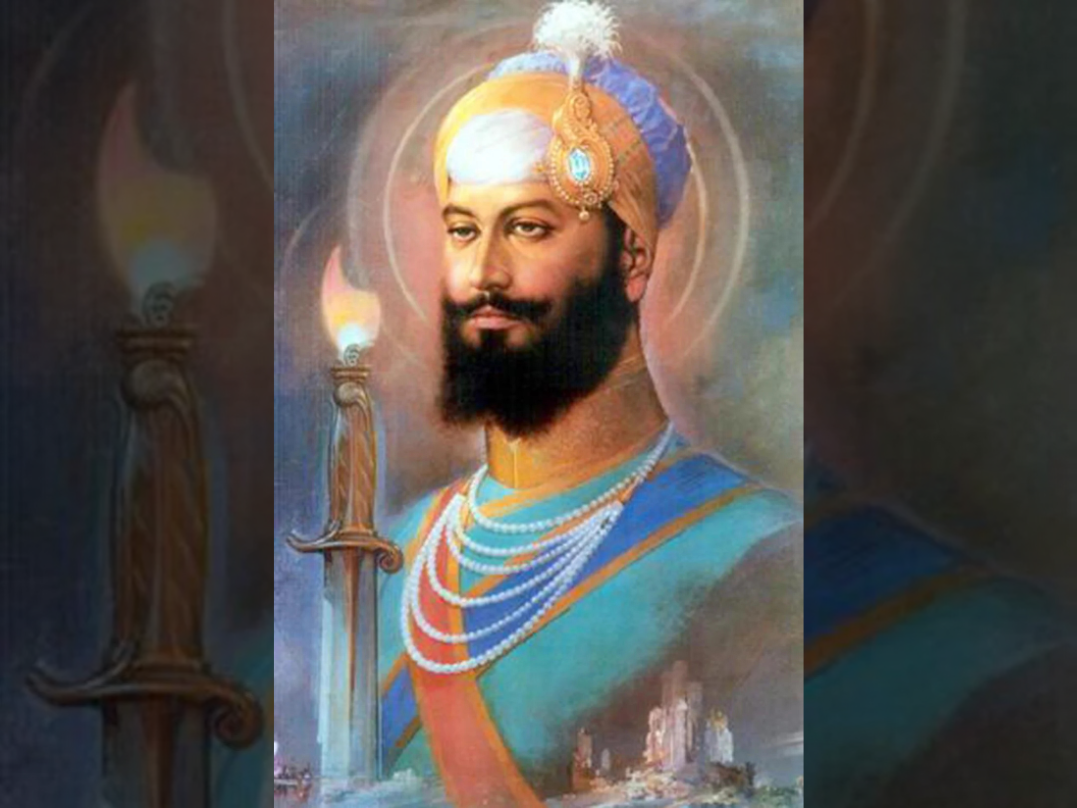

Guru Hargobind Sahib Ji: The Saint‑Soldier Who United Spirit and Sovereignty

Guru Hargobind Sahib Ji was born in 1595 at Guru Ki Wadali, Amritsar, to Guru Arjan Dev Ji and Mata Ganga Ji. As their only child, he faced early adversity: his uncle, Prithvi Chand, repeatedly plotted against him, yet each scheme was thwarted, strengthening young Hargobind’s resilience under divine protection.
Under the guidance of Baba Buddha Ji, Guru Hargobind mastered Punjabi script, martial arts, and horsemanship. This dual education in spirituality and arms laid the foundation for his later role as both saint and soldier.
At just eleven years old, following his father’s martyrdom in 1606, Guru Hargobind Ji assumed Guruship. He urged the Sikh sangat to contribute horses, elephants, and weapons, and he enlisted youth into a formal military structure. By donning two swords—Miri (temporal authority) and Piri (spiritual sovereignty)—he transformed the Sikh ethos into that of the Saint‑Soldier, balancing devotion with the duty to defend righteousness.
Akal Takht: He founded the Akal Takht opposite the Golden Temple, creating a seat of political authority alongside the sacred spiritual center.
Army Formation: His forces grew to include 700 horses, a 300‑strong cavalry regiment, and later an infantry of 500 men, all rigorously trained for physical fitness and combat readiness.
Physical Presence and Valor Though Guru Sahib Ji taught detachment from the body, his towering frame—said to be between 7′2″ and 7′6″ and weighing around 125 kg—became legendary. He was famed for both his striking appearance and his compassion, as illustrated when he granted Painda Khan three chances to strike before disarming and defeating him in battle.
Guru Hargobind fought numerous engagements against Mughal forces. Imprisoned by Emperor Jahangir in Gwalior Fort, he secured his own release—and, by his command, that of 52 other captives—a historic event commemorated as Bandi Chhor Divas, which coincides with Diwali and celebrates the liberation of prisoners.
His friendship with Sufi saint Sheikh Miyan Mir transcended religious boundaries. Though a revered Muslim figure, Miyan Mir bowed before Guru Hargobind’s spiritual authority, declaring him “Chattam Pir” (the Sixth Pir) whose divine light pervaded all.
Guru Hargobind’s emphasis on education, community solidarity, and moral courage left an indelible mark. His elder grandson, Guru Har Krishan Ji, became the Eighth Guru, and his younger son, Guru Tegh Bahadur Ji—the Ninth Guru—ultimately sacrificed his life to protect religious freedom.
Guru Hargobind Sahib Ji’s life stands as a testament to the harmony of spirituality and valor. His legacy endures in the Sikh principle that true devotion empowers the believer to uphold justice, protect the oppressed, and serve humanity with unwavering faith.